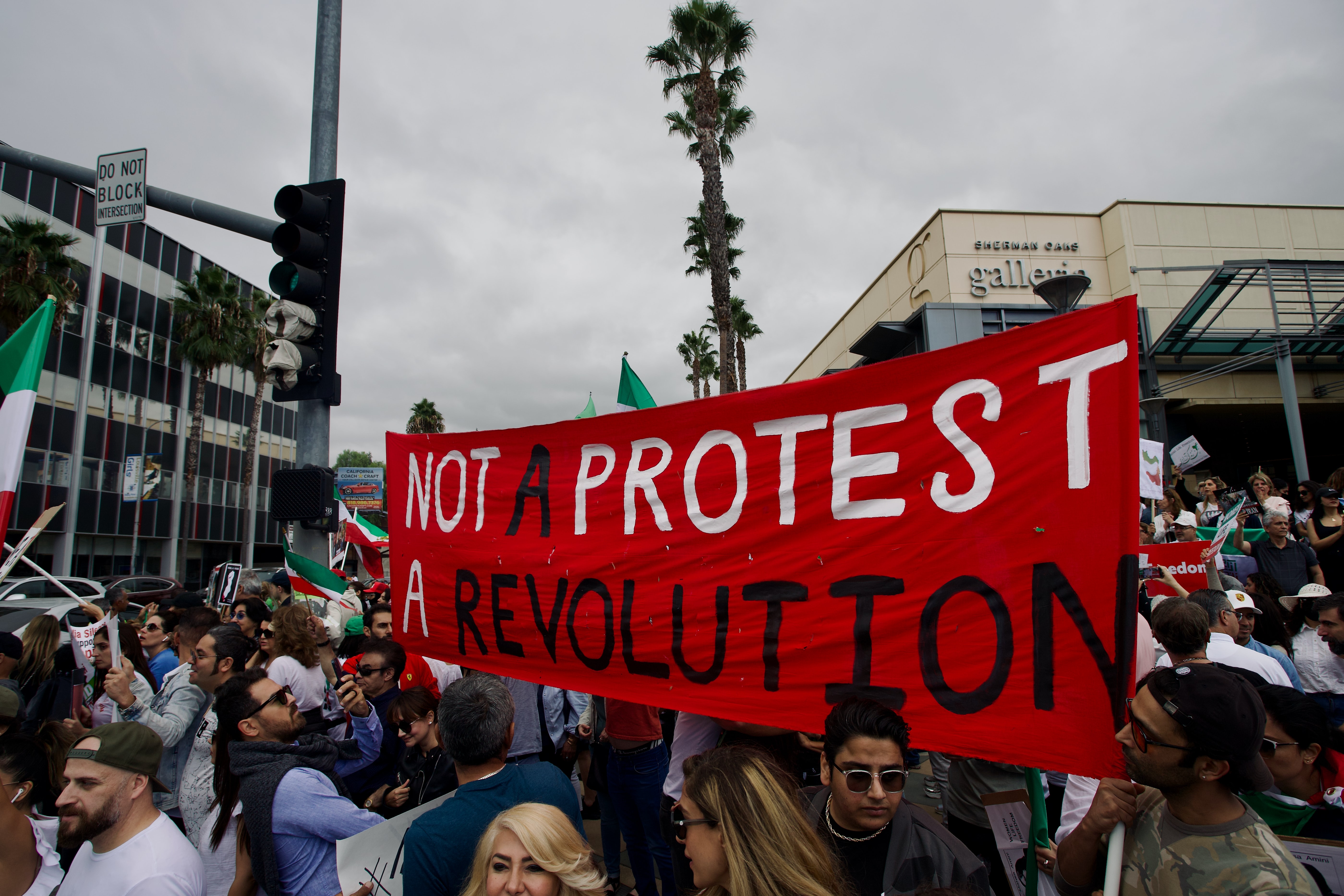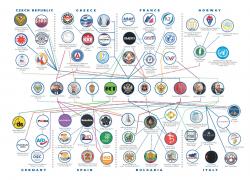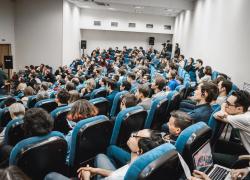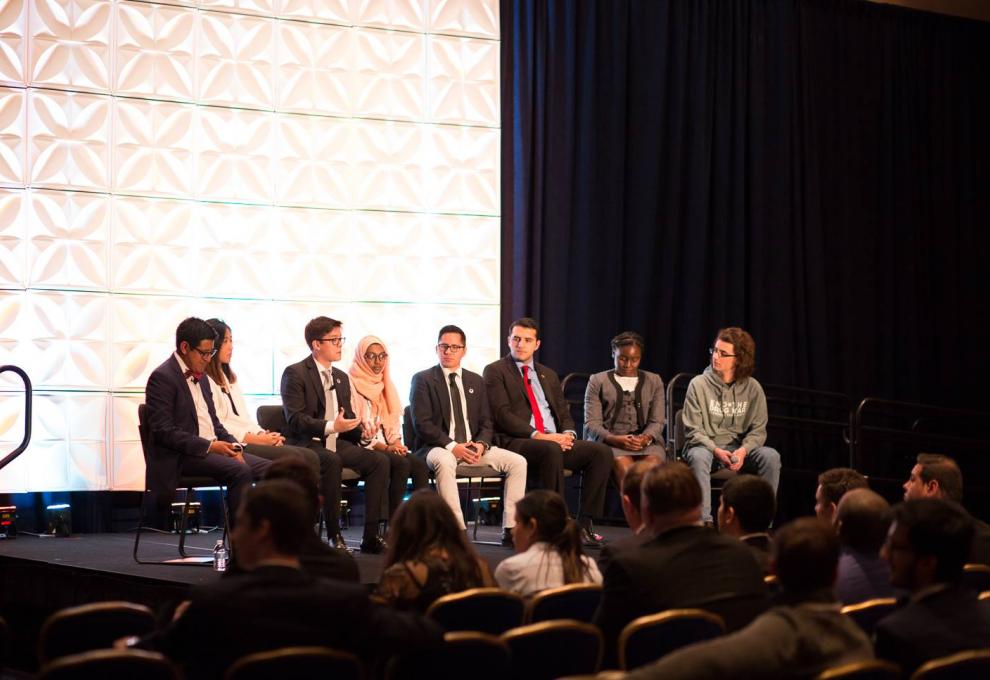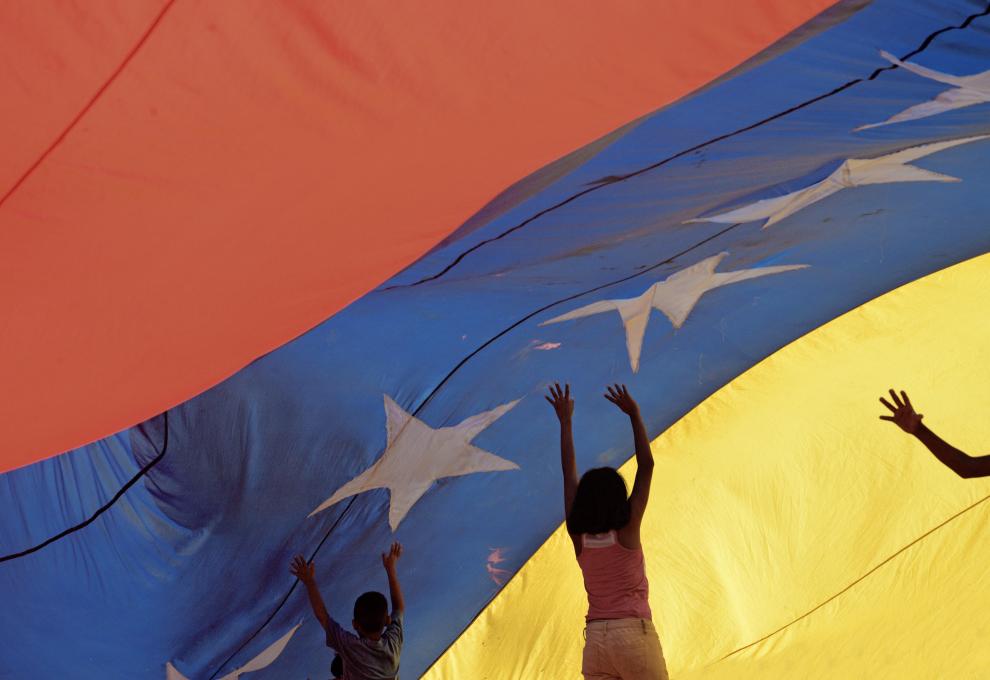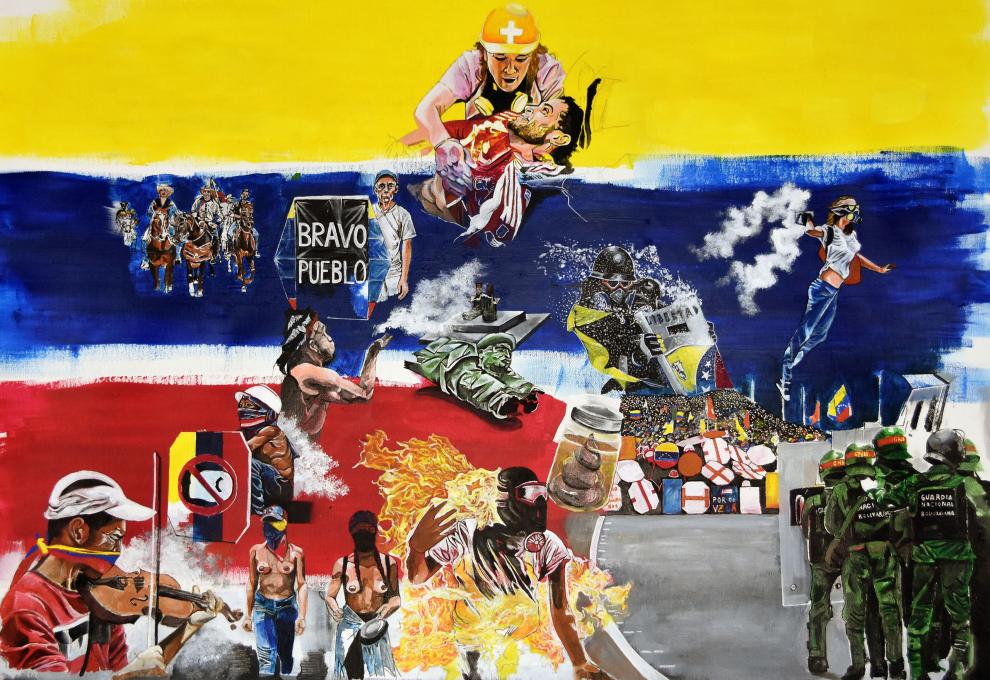An Iranian Call for Freedom
The Group for Analyzing and Measuring Attitudes in Iran (GAMAAN) has recently released a report on "Iranians’ Attitudes Toward the 2022 Nationwide Protests".1 This report provides us with important insights about the situation in Iran, and serves to dispel a number of myths that are being propagated by the regime.
Since the brutal murder of Mahsa/Jina Amini on 16 September 2022, Iranians take to the streets. In the face of massive police violence, including abdications, torture, and murder, protesters risk their lives to win their freedom. Their opponent is a theocratic regime promoting a violent breed of Shia fundamentalism. In the name of religious piety, women, homosexuals, and atheists are subjected to dehumanizing forms of oppression. Basic civil liberties such as freedom of speech, the right to democratic participation, and the rule of law are denied to the people. Those who belong to religious and ethnic minorities face even more cruelty.
Iran is controlled by powerful rackets such as the Revolutionary Guard (Sepah), a military force tasked with suppressing domestic opposition and sponsoring international terrorism. Like many other Iranian institutions, Sepah is a hotbed of corruption. It operates in a mafia-like style, distributing money and power through networks of patronage. Instead of being invested into economic growth, Iran’s wealth is transformed into the spoils needed to sustain the politicalmilitary elite.
In contrast to many other countries in the Middle East, Iranian society is rather modern. The country is highly urbanized with a diverse population and an educated middle class. And while its population is still young for Western standards, demographics begin to mirror those of fully industrialized countries. For a theocratic dictatorship, these are less than ideal conditions.
And indeed, there have long been signs of discontent. In 2010 for example, the so-called Green Movement mobilised many against the rule of certain hardliners within the Iranian government.
However, this movement was dominated by urban elites and "failed to draw lower and lower middle class Iranians from the smaller cities".2 It was therefore not representative of Iran as a whole.
The regime claims that the same is true for the current wave of protests. According to the leadership of the Islamic Republic (and their Western "anti-imperialist" pundits), the protest movement does not represent the population as a whole. While "ordinary Iranians" stay at home, only a few troublemakers take to the streets, sponsored "by America and the usurper, fake Zionist regime".3
A look at the GAMANN report reveals that these claims could not be further from the truth. A resounding 81% of the respondents (over 158.000 residents of Iran were questioned) reported that they opposed the Islamic Republic of Iran. Only 15% expressed their support for the current Iranian state. Of those who wish for another government, 28% prefer a presidential republic, 12% a parliamentary republic, and 22% a constitutional monarchy.
Support for the protests is just as high as opposition to the Islamic Republic. 80% of questioned residents expressed their support for the movement. Additionally, 67% said that they believe in the success of the revolt. Furthermore, 22% Interestingly, the results are surprisingly consistent. While rejection of the status quo was highest among the 19-29 year olds, the vast majority of 50+ year olds (76%) also said "no" to the Islamic Republic. Whether urban or rural, educated or non-educated, male or female – Iranians do not want to live under the current regime.
When it comes to trust in institutions, none of them fare particularly well. Sepah, the parliament, the media, the government, and the judicial system are universally despised. Only the army (Artesh) and the banks are marginally more popular, with 28% and 25% of people saying that they trust them at least "to some extent" respectively.
After regime change, 16% of Iranian residents support the revolutionary executions for those who have oppressed and killed in name of the regime. A further 29% support the death penalty following fair court proceedings. An additional 24% support punishments other than the death penalty such as life in prison. Only 3% support a general amnesty. 27% have no opinion or believe that legal experts should decide the matter.
Overall, the polling demonstrates that the vast majority of Iranians does not support the dictatorship. It is time for the West to draw consequences and openly advocate for regime change.
By Dennis Graemer
Dennis Graemer teaches philosophy at the FU Berlin.
_________________
2 https://www.atlanticcouncil.org/blogs/iransource/a-decade-after-iran-s-green-movement-some-lessons/

